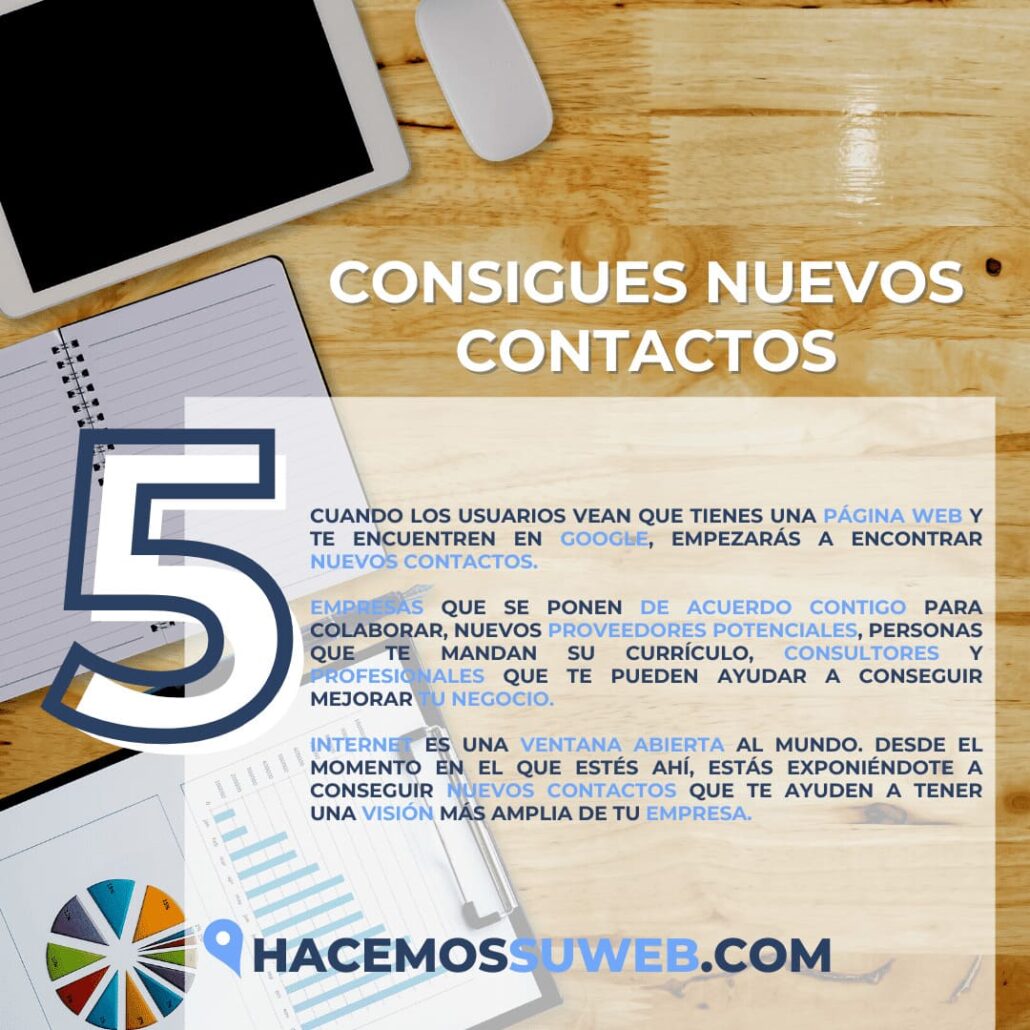In today’s digital age, having an impressive online presence is essential for businesses to thrive. Your website is often the first point of contact for potential customers, so it’s crucial to make a great first impression. But how can you create a website that stands out from the competition and captivates your audience?
Welcome to Website Design 101, where we’ll guide you through the process of creating an impressive online presence. Whether you’re a newbie or have some experience with website design, this article is packed with valuable tips and tricks to help you elevate your website’s impact. From choosing the right color palette and layout to optimizing your site for mobile devices and search engines, we’ll cover everything you need to know.
Our experts will share their insights on creating engaging content, using eye-catching visuals, and implementing user-friendly navigation. Get ready to unlock the secrets to designing a website that not only captures attention but also converts visitors into loyal customers. Join us on this journey to level up your online presence and take your business to new heights.






The Importance of Website Design
When it comes to making a memorable first impression, website design plays a crucial role. Your website is a reflection of your brand and values, and a well-designed site can instill trust and confidence in your visitors. In fact, studies have shown that users tend to judge a website’s credibility within seconds of landing on it.
But what exactly makes website design so important? Firstly, a well-designed website creates a positive user experience. Visitors should be able to navigate your site easily, find the information they need, and have a seamless browsing experience. A cluttered or confusing website can quickly drive users away.
Secondly, good website design is essential for search engine optimization (SEO). Search engines like Google prioritize websites that are user-friendly, have fast loading times, and provide valuable content. By optimizing your website design, you can improve your chances of ranking higher in search engine results and attracting more organic traffic.
Lastly, a visually appealing website design can help you stand out from the competition. In a crowded online marketplace, having a unique and visually appealing website can make all the difference. A well-designed website helps to establish your brand identity and differentiate yourself from your competitors.
In the next sections, we’ll delve into the key elements of effective website design and how you can implement them to create an impressive online presence.
Key Elements of Effective Website Design
Creating an effective website design involves paying attention to several key elements. Let’s explore each of them in detail:
1. User Experience and Website Design
User experience (UX) is at the core of effective website design. A good user experience ensures that visitors can easily navigate your site, find the information they need, and complete desired actions, such as making a purchase or submitting a contact form.
To enhance the user experience, it’s important to understand your target audience and their needs. Consider their goals, pain points, and preferences when designing your website. Conduct user research and gather feedback to continuously improve your design.
In addition, intuitive navigation, clear calls-to-action, and a consistent layout can greatly enhance the user experience. Make sure your website is easy to navigate, with a logical hierarchy of pages and a search function if necessary. Clear calls-to-action guide users towards the desired actions, whether it’s signing up for a newsletter, making a purchase, or contacting your team.
2. Responsive Design and Mobile Optimization
With the increasing use of smartphones and tablets, it’s essential to ensure that your website is optimized for mobile devices. Responsive design allows your website to adapt seamlessly to different screen sizes, providing a consistent and user-friendly experience across devices.
Mobile optimization goes beyond just resizing elements to fit smaller screens. It involves optimizing loading times, reducing unnecessary elements, and simplifying navigation for mobile users. A mobile-friendly website not only improves the user experience but also helps with search engine rankings, as Google prioritizes mobile-friendly sites in its search results.
3. Choosing the Right Color Scheme and Fonts
The colors and fonts you choose for your website can have a significant impact on how it is perceived by visitors. Colors evoke emotions and can influence how users feel about your brand. Choose a color scheme that aligns with your brand identity and resonates with your target audience.
Consider the psychology of colors when selecting your color scheme. For example, blue is often associated with trust and reliability, while red can evoke excitement and urgency. Use colors strategically to draw attention to important elements and create a visually cohesive design.
Similarly, fonts play a crucial role in conveying your brand’s personality and enhancing readability. Choose fonts that are easy to read and align with your brand’s tone. Avoid using too many different fonts, as it can make your website look cluttered and unprofessional.
4. Creating a Visually Appealing Layout
A visually appealing layout can captivate visitors and encourage them to explore your website further. Balance is key when it comes to layout design. Use white space effectively to create a sense of openness and avoid overwhelming your visitors with too much information.
Consider the visual hierarchy of your content and use headings, subheadings, and bullet points to break up text and make it easier to scan. Incorporate visual elements such as images, videos, and infographics to make your content more engaging and visually appealing.
Pay attention to the placement of key elements on your website, such as your logo, navigation menu, and call-to-action buttons. These elements should be easily accessible and prominently displayed to guide users through your site.
5. Navigation and Usability Best Practices
A well-designed navigation system is essential for a user-friendly website. Users should be able to find what they’re looking for quickly and easily, without having to think too much. Keep your navigation menu simple and organized, with clear labels that accurately represent the content on each page.
Consider implementing a breadcrumb trail or a search bar to further enhance navigation. Breadcrumbs provide users with a clear path back to the homepage or previous pages, while a search bar allows users to find specific information within your site.
Usability best practices also include optimizing page loading times, ensuring all links and buttons are functional, and making forms easy to complete. Regularly test your website’s usability and make improvements based on user feedback and analytics data.
Incorporating Images and Multimedia
Images and multimedia play a crucial role in capturing visitors’ attention and conveying your brand message. Visual content is more engaging and memorable than text alone, so it’s important to incorporate images and multimedia strategically throughout your website.
Use high-quality images that are relevant to your content and visually appealing. Avoid using generic stock photos that don’t align with your brand identity. Instead, consider using custom images or hiring a professional photographer to capture unique visuals that represent your brand.
In addition to images, consider incorporating videos, animations, and infographics to make your content more engaging and interactive. These multimedia elements can help explain complex concepts, showcase your products or services, and increase user engagement.
Optimizing Website Speed and Performance
Website speed and performance are crucial factors for both user experience and search engine rankings. Users expect websites to load quickly, and slow loading times can lead to frustration and high bounce rates.
To optimize your website’s speed, consider the following strategies:
– Optimize image sizes and formats to reduce file sizes without compromising quality.
– Minify and combine CSS and JavaScript files to reduce the number of requests.
– Enable caching to store static files and reduce server load.
– Use a content delivery network (CDN) to deliver your website’s content from servers located closer to your users.
Regularly monitor your website’s performance using tools like Google PageSpeed Insights or GTmetrix, and make necessary optimizations to improve loading times.
Conclusion: The Impact of Good Website Design on Your Online Presence
A well-designed website is a powerful tool that can elevate your online presence and help your business succeed. By focusing on user experience, mobile optimization, color scheme, layout, navigation, and performance, you can create a website that captures attention, engages visitors, and converts them into loyal customers.
Remember to continuously monitor and analyze user feedback, website analytics, and industry trends to stay ahead of the competition and make ongoing improvements to your website design. With the right approach and attention to detail, you can create an impressive online presence that sets your business apart and attracts your target audience.
Join us in the next article as we explore the world of content creation and how to craft compelling copy that drives engagement and conversions. Stay tuned for more insights and tips on digital marketing strategies to take your business to new heights.






